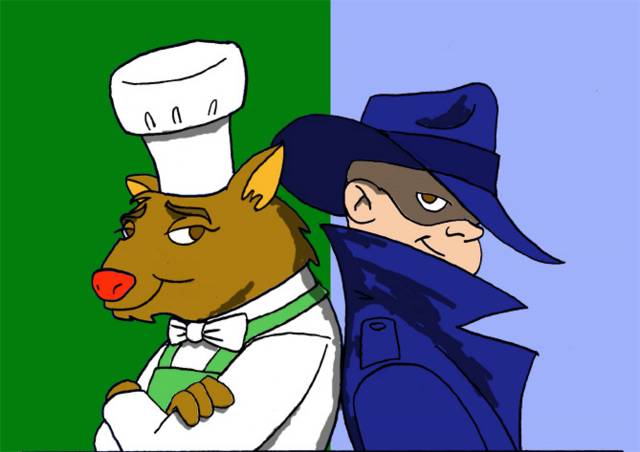What's Wrong With This Story?
This is, of course, the "silly season" in Canadian politics, but somehow things can get really silly. Take this CP story from canada.com:
QUEBEC (CP) - The Quebec Liberals' youth wing wants Premier Jean Charest's government to crack down on revealing skirts and tops worn by some schoolgirls.
"When you see can see G-strings worn by girls as young as eight or 12, it's worrisome," says Simon Begin, head of the youth wing.
The group wants the government to impose a "decent" dress code for school-age girls but without making uniforms mandatory.
The youth wing sees a direct link between suggestive clothing and precocious sexual behaviour.
The dress issue will be debated at the youth wing's annual meeting this weekend.
Delegates will also discuss the future of Quebec's water supply.
Now, here's a question for you: what's wrong with this story?
I'll give you a clue. Two issues are being discussed by the Quebec Liberals, that are mentioned in this story: children's dressing, and the province's water supply. About 80 percent of the story talks about one issue.
Now I'll pose a question: in the long-term evolution of Quebec, which issue matters more?
Any politician or activist will tell you: the water supply issue matters more. Tastes in fashions come and go, and government really shouldn't be telling parents how to dress their children. But a secure, clean, and bountiful supply of fresh water is in the best interests of all Quebeckers, not to mention the measures to be taken to keep it that way. The latter is the type of issue that Quebeckers need to discuss, because of its long-term implications.
So why, instead of water, does the CP story focus nearly exclusively on the trivial issue of dressing children?
The answer is obvious: because it makes the Quebec Young Liberals look trivial. Silly. As in "don't these politicians have anything better to do?"
People who claim that there is no such thing as journalistic bias should look at this story. The decision to highlight the trivial over the important wasn't made by the Young Liberals themselves. It was made by the reporter who got and wrote the details, and by the editor who approved the story for distribution.
It's still a news story -- we don't see any injection of personal opinion by the journalist -- but the selection of topics in contrast with each other, and their treatment, shows the implicit bias against the Young Liberals for discussing the trivial.
The thing is, this will happen with stories involving almost any brand of politician -- there will always be a tension between the politicians trying to get a serious issue on the public agenda, and hack writers who believe the trivial is newsworthy because more people will understand it.
And journalists wonder why people don't trust them anymore?





<< Home